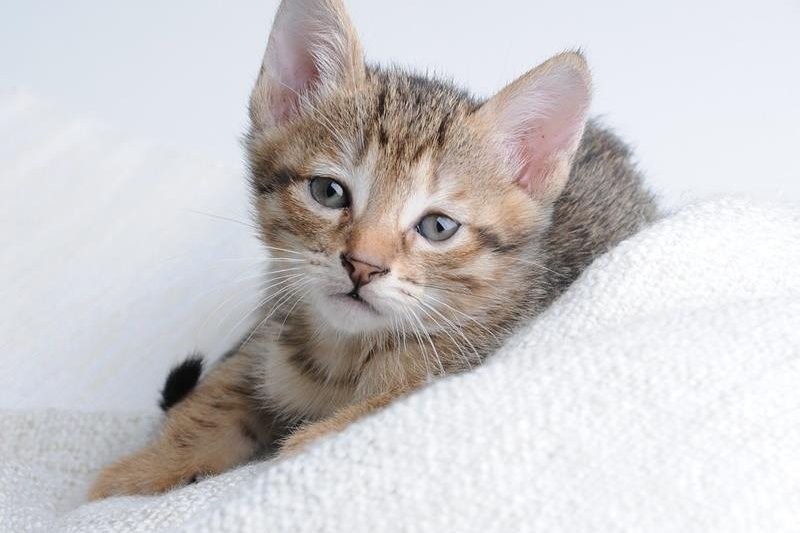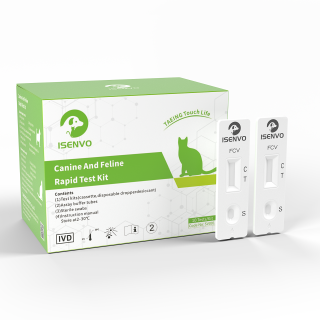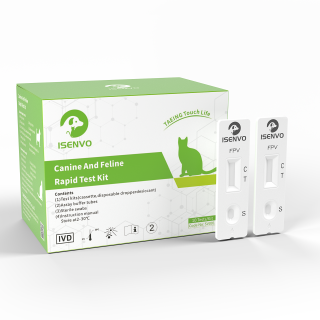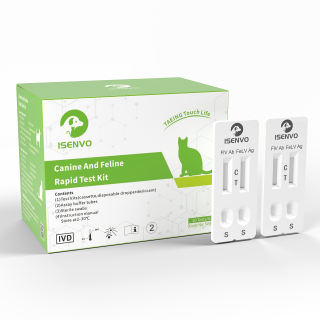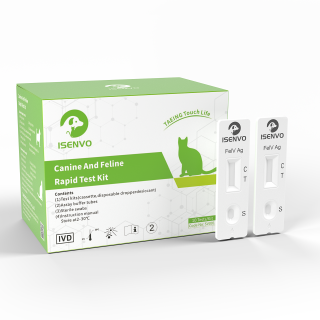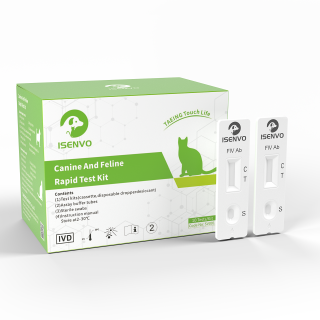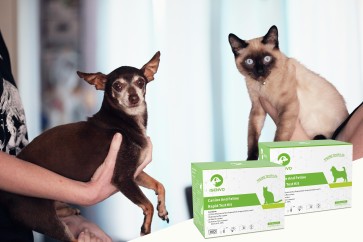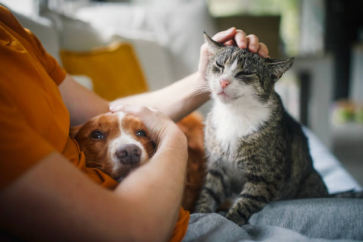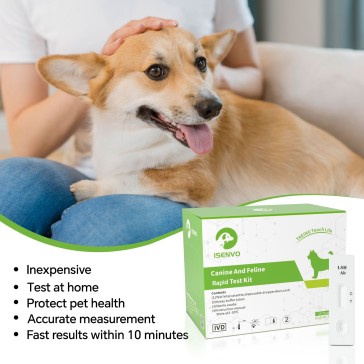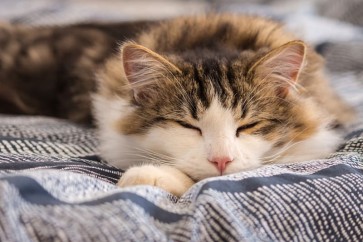Feline Calicivirus (FCV) is one of the most common contagious respiratory diseases in cats, causing symptoms ranging from oral ulcers to severe systemic illness. For multi-cat households or rescuers, understanding FCV prevention, proper care, and rapid testing (e.g., FCV Ag Rapid Test Kit) is crucial. This guide covers FCV transmission, prevention, cat care, and diagnostic methods.
1. Understanding FCV: Symptoms & Transmission
What is FCV?
FCV is a highly contagious RNA virus affecting cats, particularly kittens, unvaccinated cats, and immunocompromised felines.
Common Symptoms
-
Mild cases:
-
Sneezing, nasal discharge, watery eyes
-
Oral ulcers (painful mouth sores, drooling, reduced appetite)
-
-
Severe cases (rare but dangerous):
-
Pneumonia (labored breathing)
-
Limping syndrome (joint inflammation)
-
Virulent systemic FCV (VS-FCV) causing fatal bleeding disorders
-
How Does FCV Spread?
-
Direct contact: Saliva, nasal/eye discharge
-
Indirect contact: Contaminated bowls, litter boxes, human clothing
-
Airborne: Viral particles from sneezing/coughing
2. Preventing FCV Infection
1. Vaccination (Most Effective Protection)
-
Vaccine type: Included in the FVRCP (feline distemper) vaccine.
-
Schedule:
-
Kittens: First dose at 6-8 weeks, boosters every 3-4 weeks until 16 weeks.
-
Adult cats: Boosters every 1-3 years (as advised by a vet).
-
2. Disinfection & Hygiene
-
Effective disinfectants:
-
Diluted bleach (1:32)
-
Potassium peroxymonosulfate (e.g., Virkon)
-
-
Key areas: Food/water bowls, litter boxes, bedding
3. Quarantine New/Sick Cats
-
New cats: Isolate for 1-2 weeks before introducing to other pets.
-
Sick cats: Separate in a quiet room with dedicated supplies.
4. Boosting Immunity
-
High-quality diet: Protein-rich food, supplements (e.g., lysine).
-
Stress reduction: Provide hiding spots, avoid abrupt changes.
3. Optimal Cat Care to Minimize FCV Risks
1. Dietary Management
-
Choose high-protein food: Avoid grain-heavy, low-quality kibble.
-
Dental care: Brush teeth or use dental treats to prevent ulcers.
2. Regular Health Checks
-
Adult cats: Annual vet exams; biannual for seniors.
-
Parasite control: Monthly/quarterly deworming.
3. Safe & Enriching Environment
-
Litter boxes: "Number of cats + 1" rule, cleaned daily.
-
Exercise: Cat trees, interactive toys to reduce stress.
4. FCV Ag Rapid Test Kit: Fast Detection
What is an FCV Ag Test?
A rapid immunoassay detecting FCV antigens in ocular/nasal discharge or oral swabs (results in 15-20 mins).
When to Use It?
-
New cats: Screening for carriers.
-
Symptomatic cats: Sneezing, mouth sores.
-
Multi-cat settings: Catteries, shelters.
How to Use?
-
Collect sample: Swab eyes/nose/mouth.
-
Mix with buffer: Insert swab into solution.
-
Test: Add drops to the kit.
-
Read results:
-
C+T lines: Positive
-
C line only: Negative
-
No lines/only T: Invalid (retest)
-
Limitations
-
False negatives: Early infection may not show.
-
Confirm with a vet: PCR testing for accuracy.
5. Key Takeaways
✔ Prevent FCV: Vaccinate, disinfect, quarantine.
✔ Better care: Nutritious diet, low-stress home.
✔ Early detection: Rapid tests help, but vet diagnosis is gold standard.
If your cat shows FCV symptoms, consult a vet promptly!

